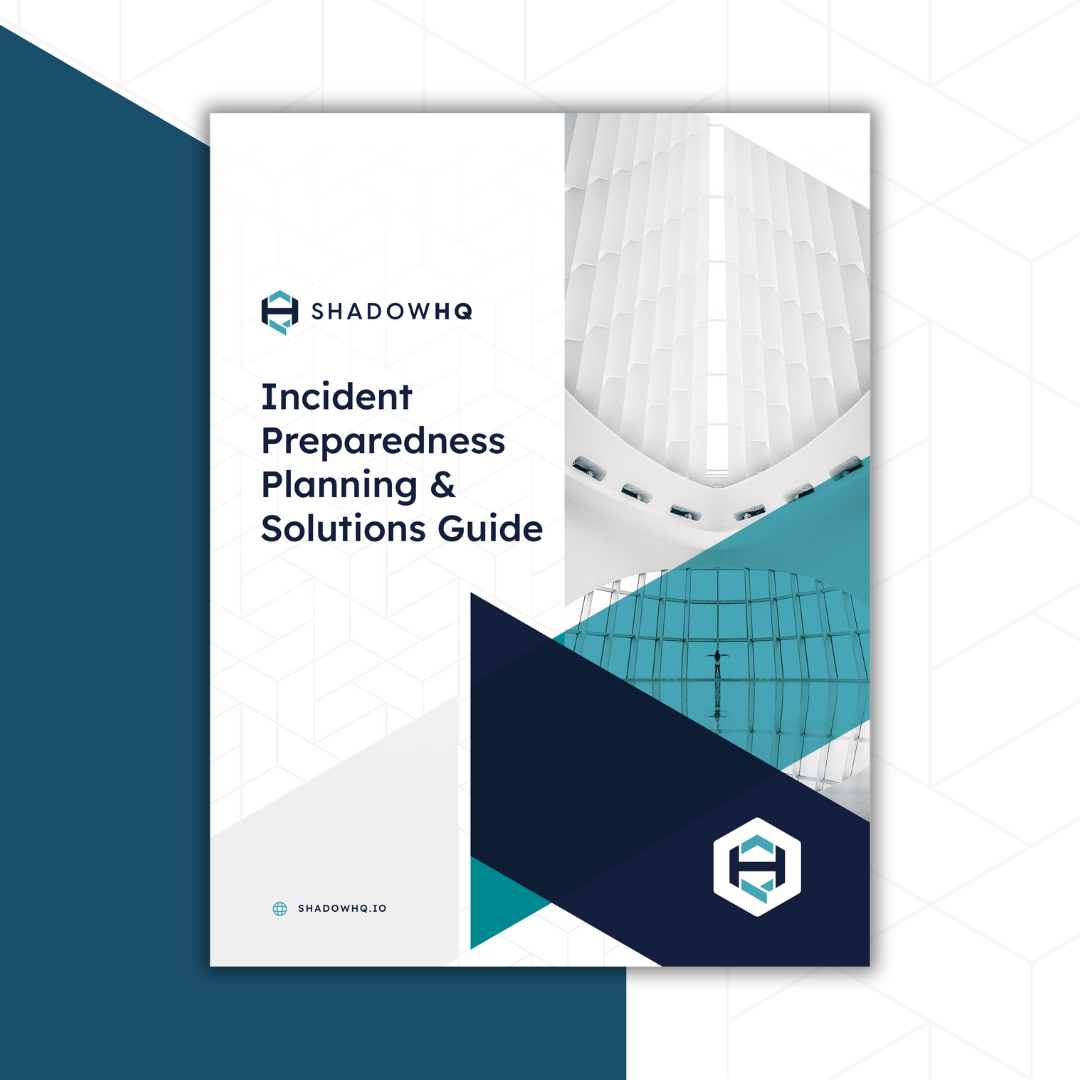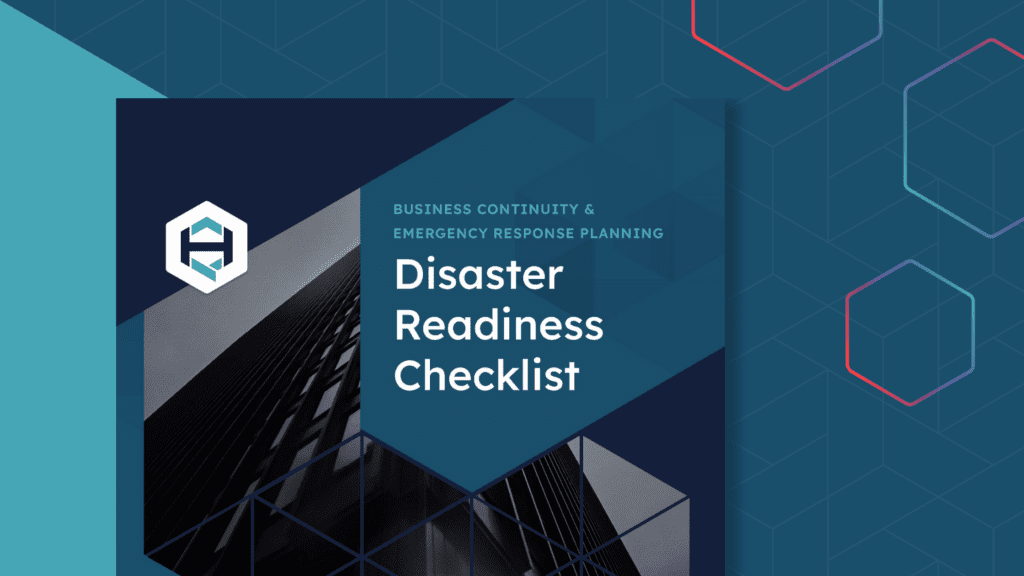Incident Preparedness Planning & Solutions Guide
Don't just react to a disaster scenario — anticipate it with emergency planning
Incident preparedness directly impacts overall organizational risk — and risk management. Like all other areas of the business, teams need a modern, secure and integrated approach to event response and remediation, including active shooter preparedness as an essential component of responding to unpredictable and rapidly evolving incidents.
Download this guide to learn how your team can improve emergency response:
DOWNLOAD GUIDE
-
Unite your organization’s business continuity, crisis management and incident response planning and procedures.
-
Better support risk management outcomes.
-
Examine common use cases that impact organizations like yours.
-
Compare the solutions available to address incident preparedness.

Understanding Incident Preparedness
Definition and Importance of Incident Preparedness
Incident preparedness refers to the proactive measures taken by individuals, organizations, and communities to prevent, mitigate, and respond to potential incidents or emergencies. It involves identifying potential threats and hazards, developing emergency plans and procedures, and conducting regular training and exercises to ensure readiness. Incident preparedness is crucial for minimizing the impact of emergencies, reducing the risk of injury or loss of life, and ensuring business continuity.
Effective incident preparedness requires a comprehensive approach that involves emergency management, emergency medical services, and other stakeholders. It also involves staying informed about potential threats and hazards, such as natural disasters, active shooter situations, and hazardous materials incidents. By prioritizing incident preparedness, individuals and organizations can reduce the risk of emergencies and ensure a swift and effective response when incidents occur.
Developing an Emergency Plan
Emergency Plan Components
A comprehensive emergency plan should include the following components:
-
Emergency procedures: Clear instructions on what to do in case of an emergency, including evacuation routes, emergency contact numbers, and first aid procedures.
-
Threat and hazard identification: An assessment of potential threats and hazards, such as natural disasters, active shooter situations, and hazardous materials incidents.
-
Emergency response protocols: Procedures for responding to emergencies, including notification of emergency services, evacuation procedures, and first aid response.
-
Communication plan: A plan for communicating with employees, customers, and stakeholders during an emergency, including emergency contact numbers and communication protocols.
-
Training and exercises: Regular training and exercises to ensure that employees and stakeholders are prepared to respond to emergencies.
-
Review and update: Regular review and update of the emergency plan to ensure that it remains effective and relevant.
By incorporating these components, organizations can develop a robust emergency plan that enhances their preparedness and response capabilities.
Threat and Hazard Identification
Threat and Hazard Identification and Risk Assessment (THIRA)
Threat and Hazard Identification and Risk Assessment (THIRA) is a process used to identify and assess potential threats and hazards. It involves analyzing the likelihood and potential impact of various threats and hazards, such as natural disasters, active shooter situations, and hazardous materials incidents. THIRA is an essential component of emergency planning and preparedness, as it helps organizations and communities to identify potential risks and develop strategies to mitigate them.
The THIRA process involves the following steps:
-
Identify potential threats and hazards: Identify potential threats and hazards, such as natural disasters, active shooter situations, and hazardous materials incidents.
-
Assess the likelihood and potential impact: Assess the likelihood and potential impact of each threat and hazard.
-
Prioritize threats and hazards: Prioritize threats and hazards based on their likelihood and potential impact.
-
Develop mitigation strategies: Develop strategies to mitigate the risks associated with each threat and hazard.
-
Review and update: Regularly review and update the THIRA to ensure that it remains effective and relevant.
By conducting a THIRA, organizations and communities can identify potential risks and develop strategies to mitigate them, reducing the risk of emergencies and ensuring a swift and effective response when incidents occur.

